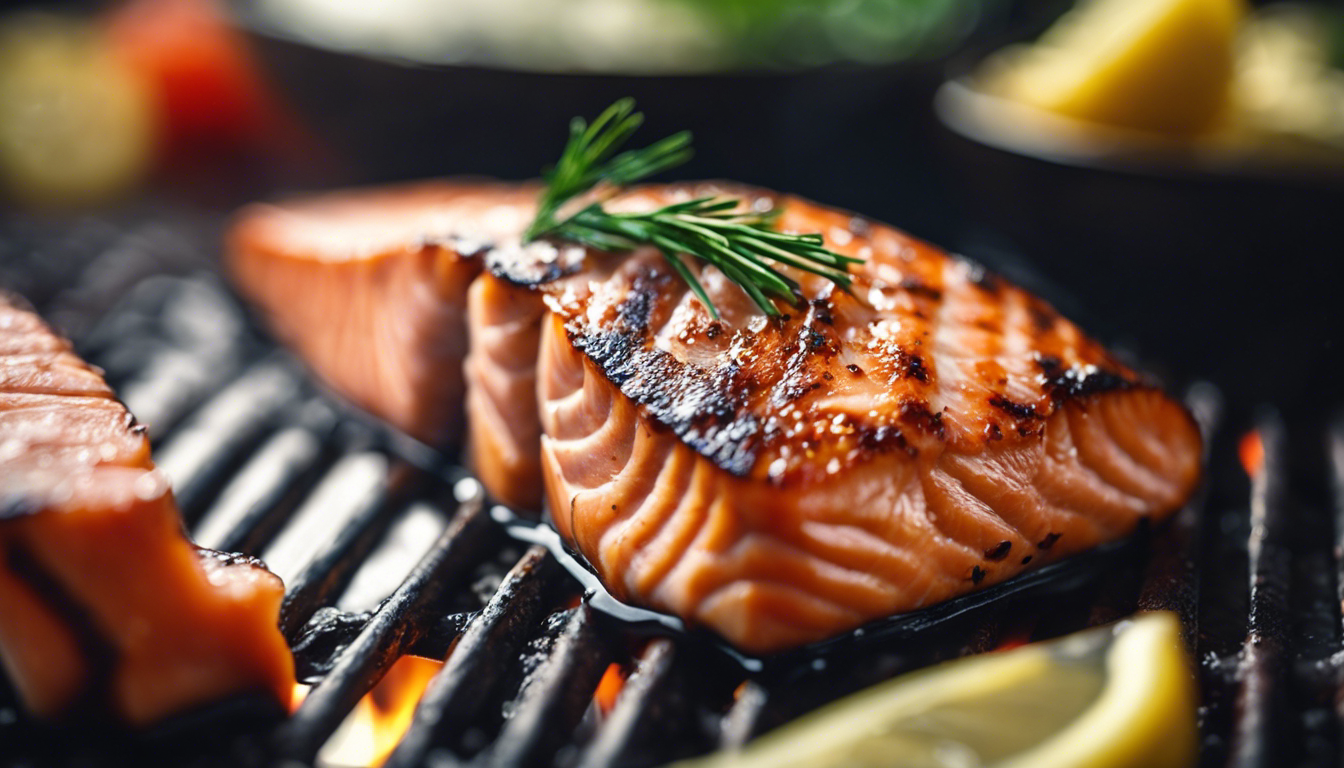
Choosing the Right Cut of Salmon
When it comes to cooking salmon, selecting the right cut is crucial for achieving the perfect flavor and texture. The most common cuts of salmon you’ll find at the market are fillets and steaks. Fillets are the most popular choice as they are boneless, skinless, and easy to cook. They come from the sides of the fish and can be found in various thicknesses. If you prefer a thicker, juicier piece of salmon, look for center-cut fillets. These cuts come from the middle section of the fish and are known for their even cooking and succulent taste.
On the other hand, salmon steaks are cut perpendicular to the fish’s spine and include the bone, which can add extra flavor during cooking. Steaks are typically best for grilling or broiling, as the bone helps hold the meat together. When choosing salmon steaks, look for cuts that are about 1 inch thick to ensure even cooking.
Regardless of the cut you choose, always look for salmon with a bright, vibrant color and firm texture. The fish should smell fresh and not fishy. Wild-caught salmon is often considered superior in taste and texture compared to farmed salmon, but it can also be more expensive. Ultimately, the best cut of salmon for your dish will depend on your personal preference and cooking method.
- Fillets – boneless, skinless, easy to cook, various thicknesses
- Center-cut fillets – thicker, juicier, even cooking
- Steaks – include bone, best for grilling or broiling, about 1 inch thick
- Wild-caught salmon – superior taste and texture, more expensive
Marinade and Seasoning Options
Once you have selected the perfect cut of salmon, the next step is to choose the right marinade and seasoning to enhance its natural flavors. A good marinade not only adds flavor but also helps to keep the salmon moist and tender during cooking. There are countless options for marinades, but some classic ingredients include olive oil, lemon juice, garlic, and herbs such as dill or parsley.
For a simple yet delicious marinade, combine olive oil, lemon juice, minced garlic, and your choice of herbs in a bowl. Place the salmon in a shallow dish and pour the marinade over it, making sure to coat both sides evenly. Cover and let it marinate in the refrigerator for at least 30 minutes, or up to 2 hours for a more intense flavor.
If you prefer a sweeter taste, you can create a glaze using ingredients like honey, brown sugar, or maple syrup. Combine your sweetener with soy sauce, garlic, and ginger for an Asian-inspired twist. Brush the glaze onto the salmon before cooking, and baste it periodically to create a caramelized crust.
For seasoning, a simple sprinkle of salt and pepper can go a long way. However, if you want to get creative, try using a spice rub made from paprika, cumin, and coriander for a smoky flavor. Alternatively, a blend of brown sugar, chili powder, and cayenne pepper can give your salmon a sweet and spicy kick.
- Olive oil – base for marinade
- Lemon juice – adds acidity and brightness
- Garlic – enhances flavor
- Herbs – dill or parsley for freshness
- Honey/Brown sugar/Maple syrup – for sweetness
- Soy sauce – for umami flavor
- Ginger – for zest
- Salt and pepper – basic seasoning
- Paprika, cumin, coriander – for a smoky rub
- Brown sugar, chili powder, cayenne pepper – for a sweet and spicy rub
No matter which marinade or seasoning you choose, be sure to let the salmon absorb the flavors for an adequate amount of time before cooking. This will ensure that every bite is bursting with taste and will elevate your dish to the next level.
